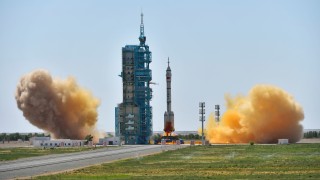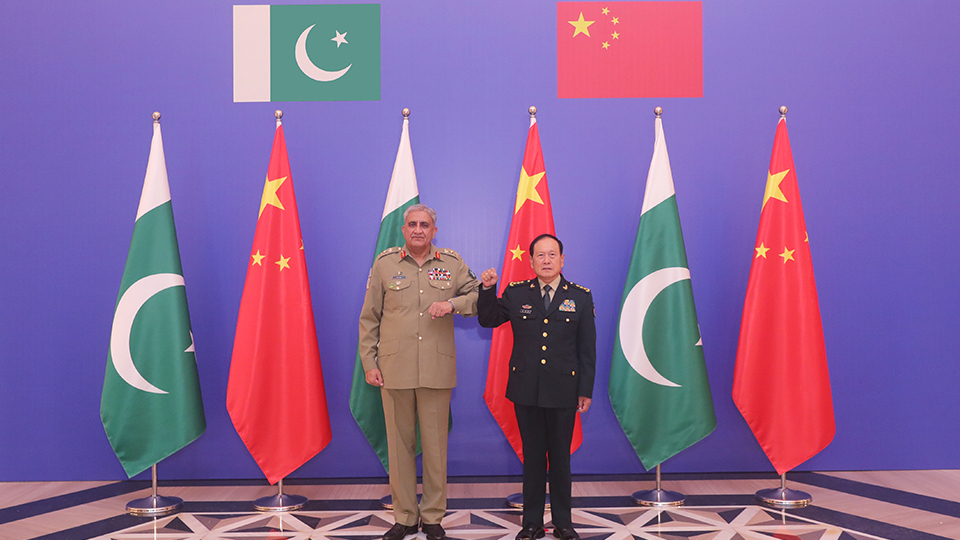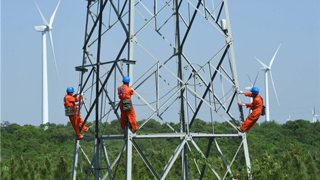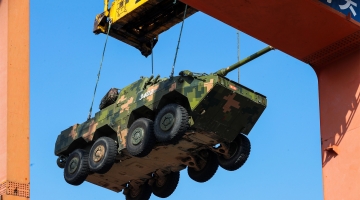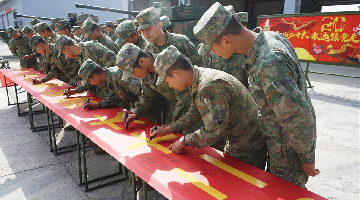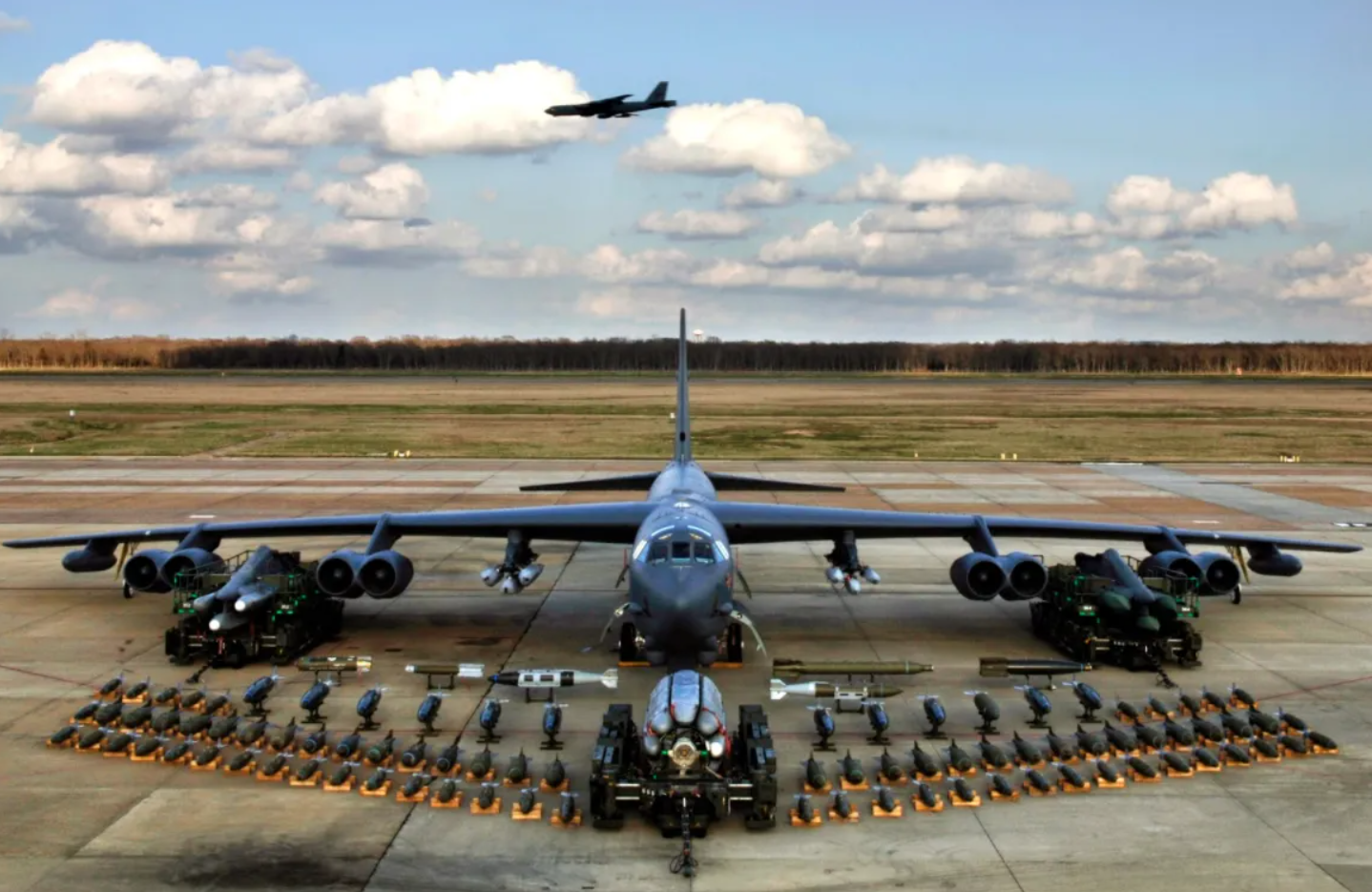
NATO’s Steadfast Noon nuclear exercise officially kicked off on October 17 at a location more than 1,000km away from Russia. According to a NATO statement, the exercise will take place in the airspace above northwest Europe, namely over Belgium, Britain and the North Sea, involving 14 countries and more than 60 aircraft of various types, but no combat weapons will be used.
At a sensitive moment when the Russia-Ukraine conflict has escalated and there are more discussions about Russia’s possible use of tactical nuclear weapons, which will trigger a nuclear war, NATO’s nuclear exercise has captured close international attention.
Zhao Tong, a researcher at the Tsinghua-Carnegie Global Policy Research Center, said Steadfast Noon is an annual nuclear exercise by NATO. Postponing or canceling it because of the Russia-Ukraine conflict would make NATO look weak, especially as Russia has recently sent various signals of the nuclear threat. Therefore, holding the exercise right on time was also a kind of signal for the allies and rivals.
According to military expert Han Dong, the weapons to be used and the areas of exercise indicate that Steadfast Noon 2022 will focus on the deterrence and strike of airborne nuclear forces, probably including a simulated tactical nuclear assault with B-61 nuclear bombs.
The B-61 is a tactical nuclear weapon considered most likely to be used by the US on the battlefield. With the maximal equivalent reaching 50,000t TNT, it can flexibly offer different levels of explosive equivalent according to the combat needs.
America’s B-52H strategic bombers will also participate. B-52 is the backbone of the US Air Force’s air-based nuclear forces, among which the B-52H bomber is able to fire AGM-86B nuclear missiles that, with a range of more than 2,000km, can strike from outside the enemy’s air-defense missile’s range.
Hans M. Kristensen, Director of the Nuclear Information Project at the Federation of American Scientists, emphasized that the strong intention of deterrence of B-52 strategic bombers – with nuclear strike capability – joining the Steadfast Noon exercise is hard to overlook.
Despite NATO Secretary General Jens Stoltenberg’s claim that the exercise has nothing to do with the current Ukraine situation, such a high-profile nuclear exercise amid the Russia-Ukraine conflict has nonetheless made people wonder whether a nuclear conflict or war would break out in Europe.
Russia Today TV reported on October 12 that according to Morozov, a member of the State Duma of the Russian Federation (lower chamber of the Federal Assembly), NATO’s nuclear deterrence exercise has pushed the world one step closer to a nuclear war, and Russia will not sit by – it will respond by stepping up war preparedness.
It’s worth mentioning that during the Steadfast Noon exercise, Russia’s Grom annual nuclear exercise will kick off in late October too. The partial overlapping of the two exercises in time will very likely aggravate the two sides’ nuclear struggle.
According to an earlier report by CNBC, Russia will test bombers able to carry nuclear warheads, submarines and missiles during the drill, although no official information on the exercise has been released from Russia yet.
As to the current nuclear state in Europe, Zhao Tong held that Russia’s vague signals earlier of threatening to use nuclear weapons were aimed to take advantage of western countries’ worries and fears over a nuclear conflict or war in order to curb their military support to Ukraine. It has never specifically vowed to use nuclear weapons, including tactical ones. “I think western countries also understand this. That’s why neither party thinks the situation has come to a point when nuclear weapons must be used. Washington said it will take Russia’s nuclear weapons seriously, but in fact, both sides know Russia hasn’t come to that point yet,” said Zhao Tong.
In an interview with American media on October 11, President Biden said he didn’t think Russian President Putin would use tactical nuclear weapons during the conflict with Ukraine. Biden talked about the risk of a “nuclear Armageddon” on October 6, which drew global attention and was slammed by some at home.
Editor's note: Originally published on thepaper.cn, this article is translated from Chinese into English and edited by the China Military Online. The information and opinions in this article do not necessarily reflect the views of eng.chinamil.com.cn.

